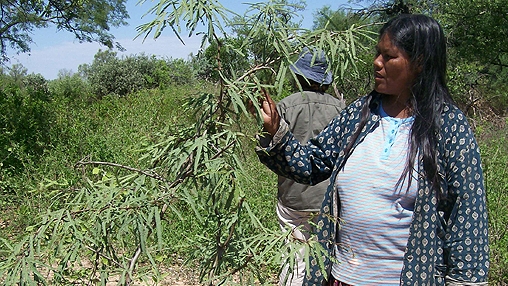Excessive logging, overgrazing, and deforestation for agricultural expansion have been affecting many rural argentine communities living in forested areas, including indigenous people.
In order to reverse this trend, farmers groups are receiving technical and financial support to carry out forestry projects linked to sustainable silviculture, timber production and marketing , the management of products such as honey, seeds and fruits, and biodiversity conservation.
This initiative is part of two projects aimed at achieving sustainable management of productive forestry landscapes, led by the Ministry of Agriculture, Livestock and Fisheries and supported by the World Bank and the Global Environment Facility.
The selected 133 projects are developed in areas prioritized by their environmental and productive characteristics, such as the Mesopotamian area, the delta of the Parana River, the Northwest region (Salta, Jujuy and Tucuman), the Chaco (Chaco, Santiago del Estero and Formosa) and the Patagonia. In total, 3,200 small and medium producers will benefit.
"In Santiago del Estero, the problem to solve is the environmental degradation caused by the loss of the carob tree. Overgrazing was very important and the soils are bare, unproductive, " explains Martín Simón, from the Foundation for the Development in Justice and Peace (Fundapaz).
In this province, the NGO will begin to implement two projects: one will benefit 21 families living in Km 25 of the Department of San Martín and the other project will help 27 families from the village of Garza to achieve greater productivity in managing honey from the white carob tree, one of the most coveted.
"The recovery of the forest, the understory, the natural grassland and the soil is a slow process. We will begin to see the economic benefits after several years," believes Simon. It is estimated that the carob planting will be ready to coexist with the cattle in 4 years, it will bear fruit and flowers (so that the bees can sip) in 7 years, and will produce wood in over 30 years.
A nursery to enrich the forest
In Misiones, improving forest quality and meeting community’s needs also go hand in hand. In this case, the Union of Cooperative Work, Production and Services (UmisCoop) will work with 10 families in the Mbya Guaraní Perutí Village, of the municipality of El Alcazar.

